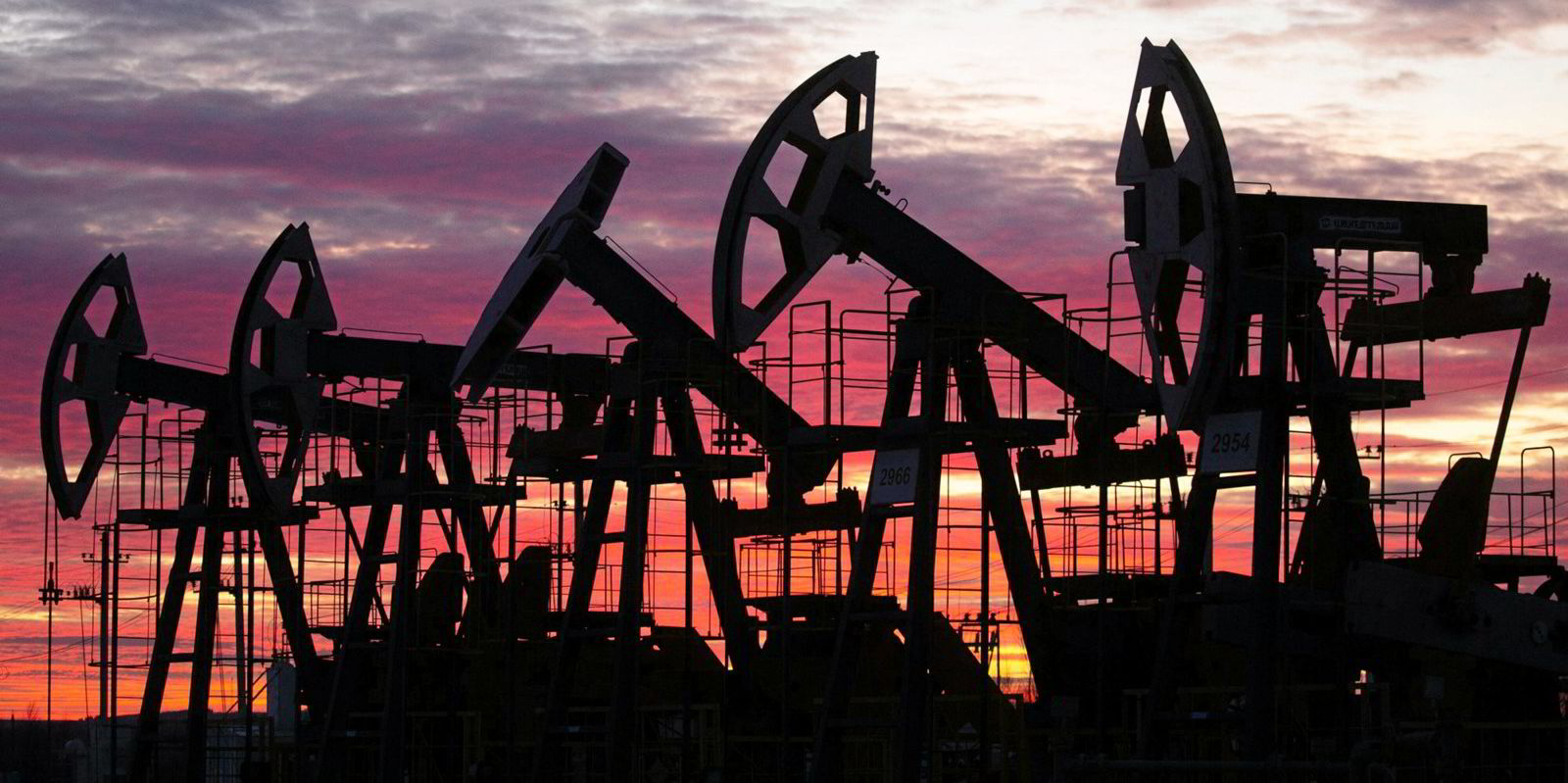Tanker charterers will continue to be flexible on age, as effective fleet growth could slip below zero, Fearnleys analyst Jonathan Staubo says.
Speaking on a webinar on Thursday, Staubo said once-strict charterers are increasingly willing to accept older ships as the global fleet ages, although utilisation for tankers 18 years old and older hovers between 20% and 30%.
“Assuming that we’ll only see a 30% utilisation phase-out and no scrapping at all”, a huge amount of ordering will be necessary at the end of the decade, he added.
“We’re likely to see over-ordering at some point, but it’s increasingly difficult to see that ordering, at least in the near term.”
The phenomenon could result in a tanker market with effective fleet growth at zero or even shrinking.
Staubo’s reasoning echoes that of many other market observers predicting a multi-year upswing for tankers: Shipyards have few slots open, there are labour and supply shortages, and owners are nervous ordering ships without knowing what types of propulsion systems will be necessary to comply with incoming environmental regulations.
“There are likely to be delays and bottlenecks on how much they can actually produce,” Staubo said, arguing that it could be 2027 until yards can turn their attention to tankers.
On the oil demand side, the overall picture is positive, but potentially sluggish in the near term.
He said the International Energy Agency expects too much tightness and he expects volumes to move sideways in 2024, potentially softening tanker rates early, with Opec and its allies probably turning voluntary cuts into official policy at next week’s meeting.
“But that’s missing the forest for the trees,” he said. “There needs to be more supply for oil and it needs to be shipped.”
He pointed to energy consumption over the past several years flatlining per capita, with overall consumption boosted by a growing population.
Alternative fuels will not be able to fill that gap, he added.
Staubo said supply growth is set to come in the Atlantic basin, where demand is not growing. That crude will be shipped to the east, refined and shipped back west.
“Demand side looks all set to be supportive of the tanker market balance for the foreseeable future,” he said. “There’s reason to be optimistic from both sides of the equation.”





